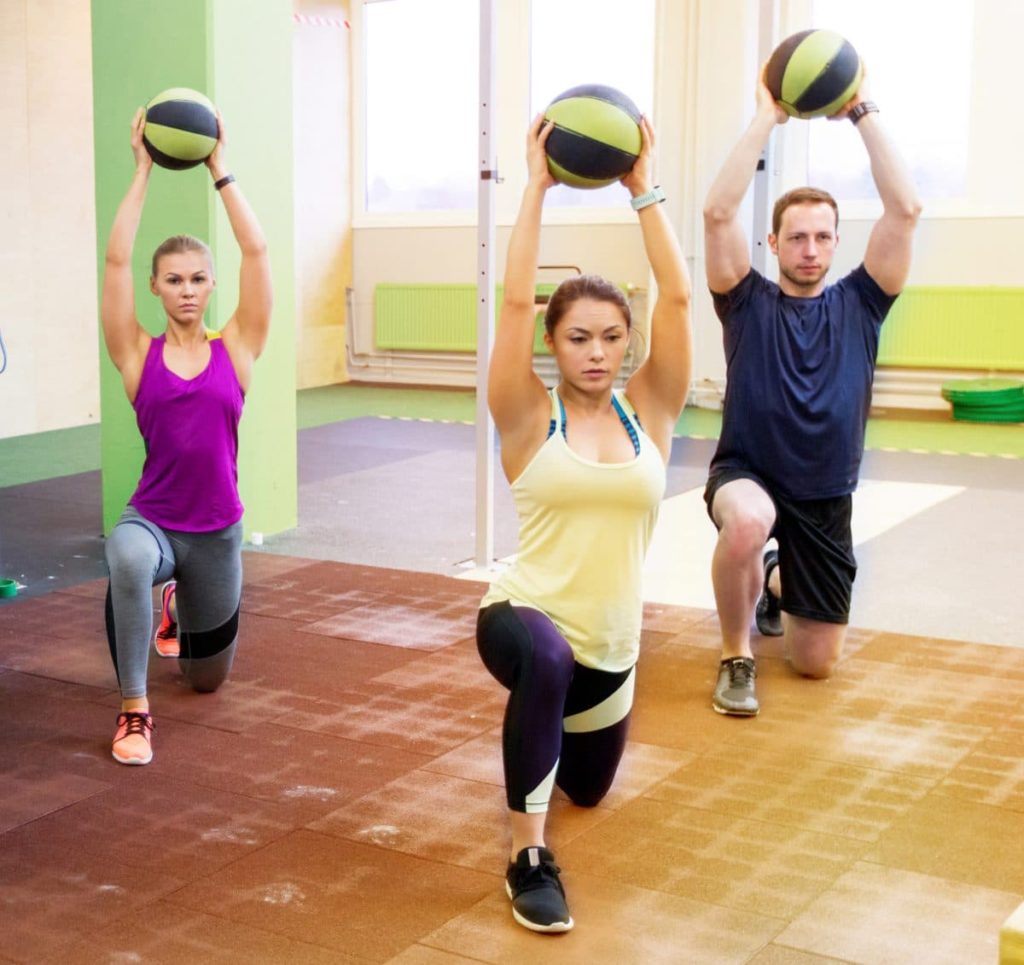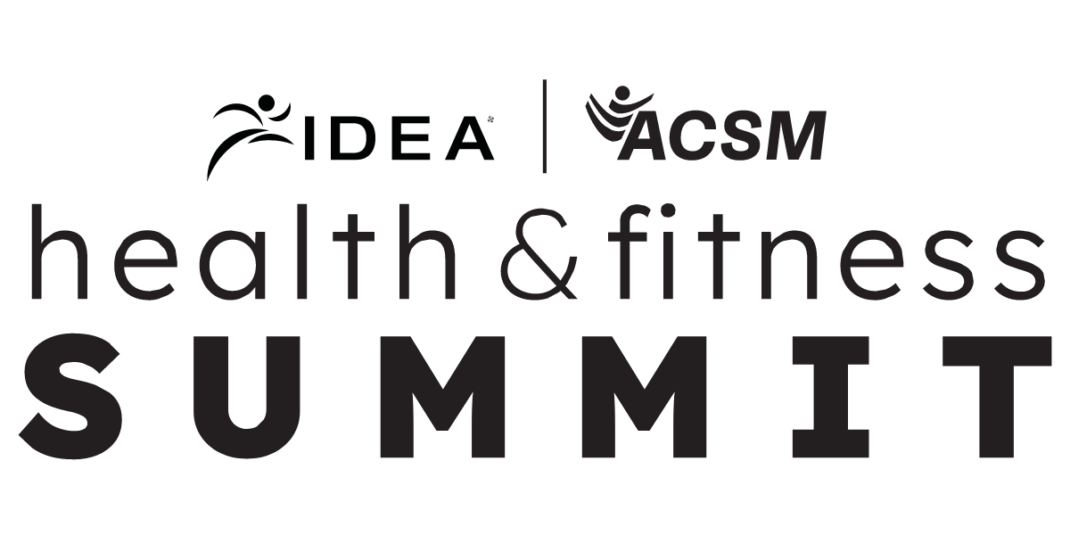Help Group Fitness Participants Get in the Zone

For a moment, think about your own workouts. Tap into that feeling of being completely absorbed in your favorite fitness routine. Everything else fades away, and your entire focus is on the present moment. You feel confident in your body’s abilities, you’re challenging yourself, and you find great meaning in what’s happening now. You’re in the zone. Before you know it, your workout is over, and you can’t wait to do it again.
This undeniably wonderful feeling is called a flow state, complete absorption in the present moment (Nakamura & Csikszentmihalyi 2009). This definition has also been used to characterize a good life (Nakamura & Csikszentmihalyi in press). Although flow research began with musicians, artists and other creative professionals, it’s now being studied and used among elite athletes and the military to inspire peak performance. Experiencing flow reinforces the urge to continue or return to an activity (Nakamura & Csikszentmihalyi 2009). Within the group fitness context, the flow state inspires par┬¡ticipants to come back to the fun they’re having, which can lead to better adherence.
How can you help your students find flow?
Zeroing in on the Zone
Exercise is about much more than its physical aspect; it also helps to create an optimal growth experience. The best way to foster this is by offering flow opportunities. Supplement your instruction with these actions, designed to make it more likely that your participants will find flow.
Provide Options
Entering a flow state involves striking a healthy balance between challenge and skill level (Nakamura & Csikszentmihalyi 2009). Participants range in background and abilities, but—through your instruction—everyone should be able to find that balance. One way to help with this is by offering choices and modifications: pushups on the knees instead of from a standard plank position, for example.
David Mesirow, an instructor at In-Shape Health Clubs in Cathedral City, California, notes that skill level can be affected by many factors, not just physical ability or injuries. Perhaps a client has social anxiety, for instance, and it took a lot of courage just to show up. Be aware of your clientele and their limitations so that you can provide appropriate options. Announce at the beginning of class that you’re available if people want to talk about their unique needs.
In addition to offering modifications, tell participants to keep listening to their bodies and to choose the options that best challenge their particular skill levels. Lead by example by performing a basic move instead of the advanced version so attendees understand that they don’t need to overexert themselves, especially if they feel hesitant. Research shows that when people challenge themselves past their skill level, it can lead to mental anxiety or physical injury. On the other hand, someone who doesn’t work hard enough might get bored (Nakamura & Csikszentmihalyi in press).
As you teach, scan the room and figure out how to best motivate participants to either ease up or go a little harder. You don’t always have to push people to their limit. Sometimes it’s best to motivate them to simply work within a proper intensity range. When you provide options and encourage people to challenge themselves at the right level for them (on that day), you set them up to experience flow. They can then incorporate this balance between challenge and skill level into their goal-setting.
Encourage Clear Goals
Speaking of goals, take time at the beginning of class to allow participants to set goals for themselves. These can be short- or long-term goals. When asked how instructors can set exercisers up for goal-setting success, Mihaly Csikszentmihalyi, PhD—who coined the term flow—suggested that the key is for exercisers to know their abilities and challenge themselves, but not to make the challenge so hard that it will overwhelm their skills. Attendees become more ambitious and set new goals when old goals are achieved.
With this in mind, be alert to whether your cues are supporting or hindering participants from getting the feedback they need in order to feel they’re reaching their goals in the moment. Explain to people where and how to focus their attention. For example, clearly state not only how to do a move but also which muscles are involved and how the movement should feel.
Generate Focus and Use Silence Intentionally
A flow state heavily depends on where attention is focused and whether it supports an individual’s goals (Nakamura & Csikszentmihalyi in press). Develop the skill of crafting class attention. When cuing, for example, coach participants through the movements, avoiding phrases that could unintentionally divert focus. (Note: Saying “Forget about what’s happening outside the room” might actually draw people’s attention to what’s happening outside the room, defeating the purpose.) Mesirow recommends that, instead of having external motivators, such as dropping a dress size or looking good at a wedding, you bring attention to how exercisers feel in the moment.
For more on Mesirow’s cuing strategy, please see “How to Help Participants Find Flow” in the online IDEA Library or in the September 2018 print edition of Fitness Journal. If you cannot access the full article and would like to, please contact the IDEA Inspired Service Team at 800-999-4332, ext. 7.
Olivia Ellis, MS
Olivia Ellis, MS, is a doctorate student studying Positive Developmental Psychology at Claremont Graduate University and specializes in integrating positive psychology into the fitness industry. She is an adjunct professor, personal trainer, group fitness instructor, and previously worked on the management side of fitness.





